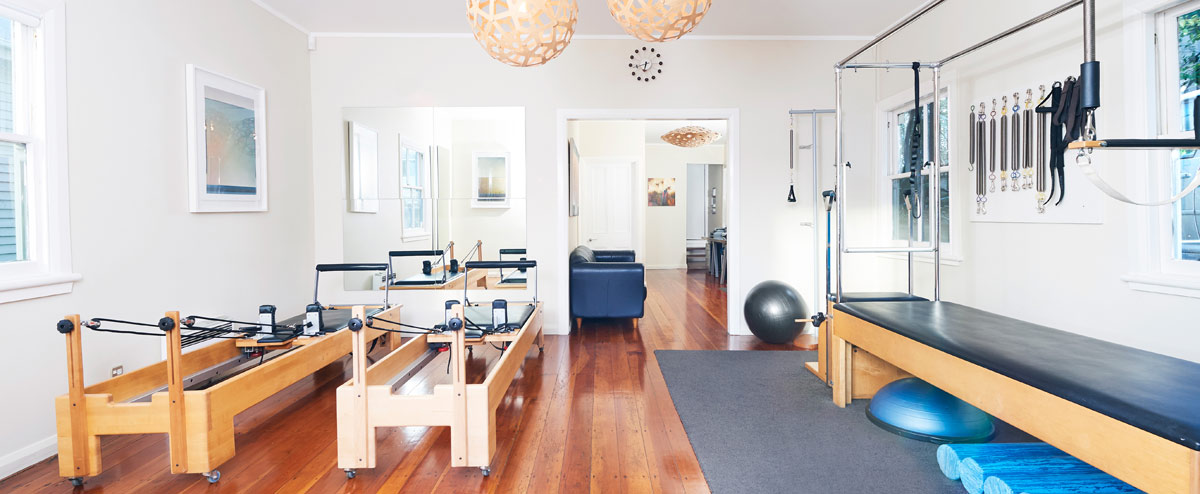As leading physiotherapists covering Auckland’s Ponsonby, Grey Lynn, Herne Bay and Pt Chev areas, Bodyreform uses an advanced ultrasound imaging device to visualise muscles in real-time. This allows our physio team to assess the quality of muscle contractions, muscle timing, and muscle endurance.
Why do physiotherapists use ultrasound imaging as part of their treatment? Ultrasound imaging used to rehabilitate muscles is a postgraduate skill and a service offered by Bodyreform as a unique service to our physio client.
Assessing with real-time ultrasound ascertains which muscles are contracting and in which order. How much effort is being used and endurance is also identified (how long can you hold the contraction for).
Ultrasound is used in the abdominal wall, pelvic floor, posterior lower back, neck or cervical spine, hips, and shoulders. The team at Bodyreform are traveling internationally for advanced training in Ultrasound Imaging In July 2017.




